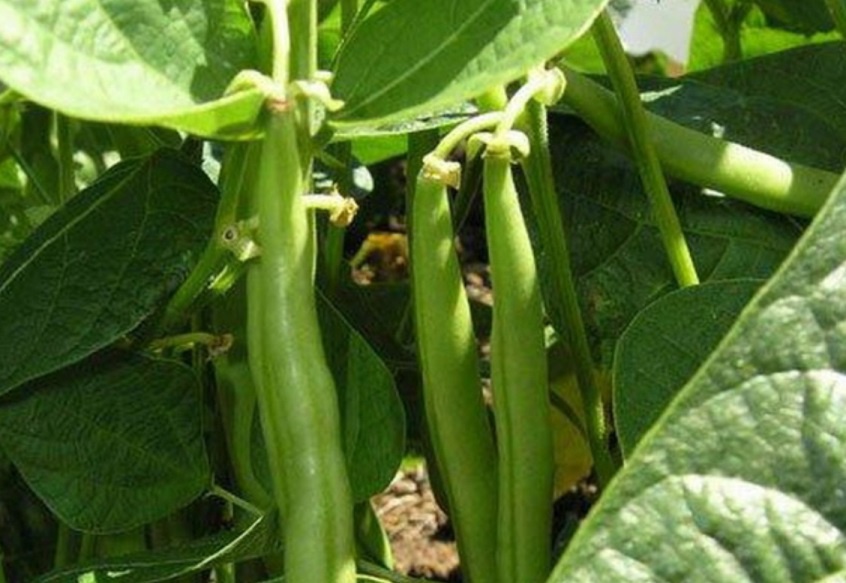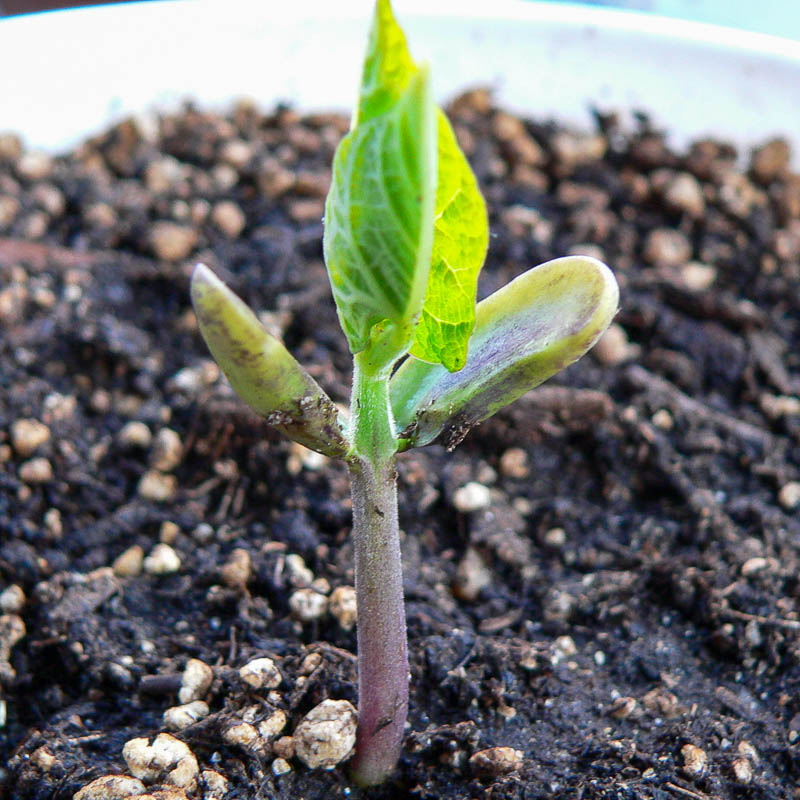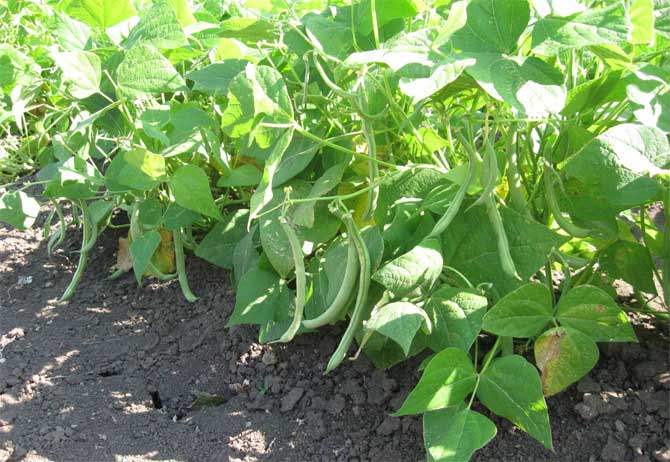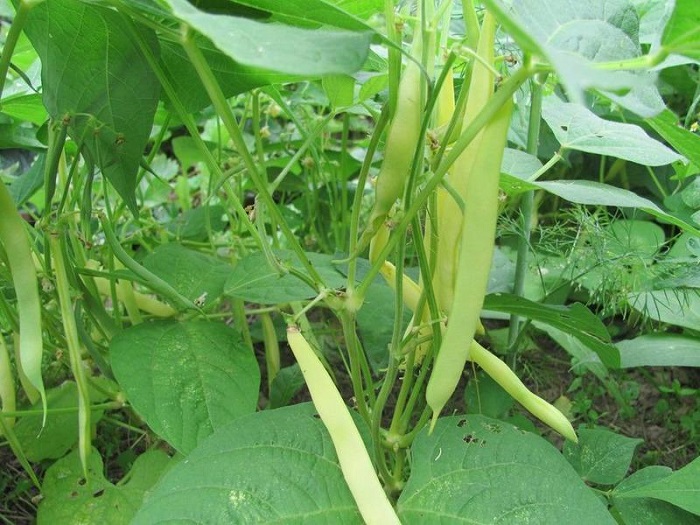Features of growing beans, variety selection
Varieties
Having conceived the cultivation of traditional beans, it is worth first understanding its varieties and varieties. All varieties can be roughly divided into three main groups: containing shelling, sugar and semi-sugar beans.
If you choose peeling varieties, then they are characterized by the presence of a dense film layer on the inner walls of the pod valves. Such beans rarely grow on personal plots: their taste is far from ideal, therefore such beans are cultivated exclusively for grain.
In semi-sugar and sugar varieties, the parchment layer is either thinner or absent altogether, therefore, such pods can be harvested already at the stage of technical ripeness. If you missed the right moment and the pod growing on the stem has already become coarse, do not despair: you can always collect only the seeds themselves from them.
In addition, there is a division of varieties according to one more criterion: beans can be bush and curly. Bush varieties can reach a height of more than half a meter, but curly ones are confidently approaching the three-meter mark. By the way, it is this property that makes it possible to use plants to form hedges.
Video "Sorts"
From the video you will learn what varieties of beans are.
Landing place
The technology of cultivation of beans assumes its extreme thermophilicity, therefore, it is better to plant the crop on the southern slopes, protected from drafts. It is here that conditions will be created that are optimal for a given culture - with a sufficient amount of light and heat. In terms of soil, legumes prefer light soil, perhaps loam.
If you want to speed up your harvest, try planting beans under a small, portable greenhouse. At the same time, it is necessary to install a shelter in the chosen place in advance - two weeks before the intended sowing, in order to give the soil the opportunity to warm up well. And you can remove it when warm weather is finally established and the slightest danger of night frosts has passed.
The best yield can be achieved by sowing beans in areas where previously row crops grew. But planting legumes twice in the same area is categorically not recommended, this increases the risk of plant damage by various diseases. If the place was successful, then you can re-plant beans on it no earlier than in a few years.
Growing
Answering the question of how to grow beans in the country, the first thing to note is caution with fertilizers. The fact is that excessive feeding with nitrogen fertilizers will certainly cause the rapid development of green mass, but will inevitably slow down the formation of beans. Therefore, nitrogen fertilization is necessary only as a last resort, if you were forced to plant on poor or depleted soils, and then very sparingly.
As soon as buds begin to form on the plants, you can add a small amount of superphosphates and potassium salt, and at the time of the ripening of the beans - ordinary ash.
Care
Beans of asparagus varieties, for example, cowpea, involve cultivation according to a scheme similar to other varieties of legumes: after the emergence of seedlings (when young sprouts reach a height of about 7 cm), the soil must be loosened to enrich it with oxygen and facilitate moisture access to the roots. In addition, loosening the soil necessarily leads to the destruction of weeds, which cannot but affect the culture in the most favorable way. It will take several weeks and the loosening must be repeated, while simultaneously hilling the plantings.
Separately, it is worth noting the need for watering, it is especially acute twice during the entire life of the plant, during the formation of the green mass and when the ovary is formed.
Harvesting
If your goal is to grow beans as a business, then you can harvest the pods every 5-7 days: this is enough time for the beans to reach ten centimeters in length and form grains resembling wheat in size. It is this stage of ripeness that is considered the most suitable for implementation, the beans have a particularly delicate taste. For homemade canned food, you can leave the pods on the bushes for a few more days so that the beans reach a length of 1 cm.
Harvesting is best done early in the morning or in the evening, when the intensity of the sun's rays is minimal; in the scorching sun, the beans quickly lose their commercial properties, wither and become dry.
If you are only interested in grains, then allow the pods to reach waxy ripeness. After that, the plants are uprooted, tied in small bunches and suspended in a well-ventilated place for ripening. After two weeks, the seeds can be released from the pods.
As you can see, beans are a rather unpretentious culture, its cultivation and care will not take you much energy, but the taste of the product will certainly please.
Video "Growing"
From the video you will learn how to grow beans in your garden.



